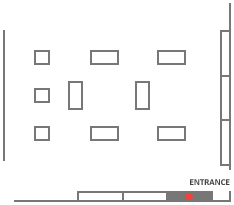 University Library
Right of Way
University Library
Right of Way
 University Library
Right of Way
University Library
Right of Way
Climate change is a result of an increase in the planet’s overall temperature, precipitation, wind patterns, and other measures due to the burning of fossil fuels like natural gas, oil, and coal. It has also been linked to reduced atmospheric pressure, which may allow earthquake faults within the earth's crust to shift and release pressure more easily. Studies indicate that communities of color and those living below the poverty line suffer disproportionately from the effects of climate change and related disasters, and are less likely to have the resources to prepare for and recover from extreme climate or disaster events.
More frequent and extreme heat waves largely affect lower income groups who live in parts of Los Angeles where asphalt and cement dominate the landscape. High temperatures result in an increase in ambient ozone concentrations, causing greater exposure to air pollution. Older housing that lacks insulation, air conditioning, or other means for cooling is often the norm in low income areas, and leads to increased risk for heat induced illnesses. Lack of access to insurance, credit, and personal financial resources can be economically devastating for individuals and families impacted by earthquakes and other disasters.
On display in this case are materials related to outreach and public education toward understanding and mitigating the negative results of climate change, LA's flood history and flood control efforts, river channeling, and LA's worsening cycle of heat-induced disasters. Also displayed is correspondence regarding the potential failure of the Van Norman Dam following the 1971 San Fernando earthquake, and documentation of the Mothers of East LA, which works with communities to prepare for natural disasters.
Case 14, Urban Infrastructure, is located to the right.
1
Flyer, "Climatic Variations: Their Effect on Our Past, Present, and Future," 1985Susan B. Nelson Collection
2
Flyer, "Greening Los Angeles: Moving to Sustainability & Reducing Global Warming," 2000Juana Beatriz Gutiérrez Mothers of East Los Angeles (MELA) Collection
3
Booklet, "Los Angeles County Flood Control District," 1977-1979Reseda Chamber of Commerce Collection
4
United States Department of the Interior, "Flood in La Cañada Valley California," January 1, 1934TC 801 U2
5
"The Inevitable Cycle, Fire, Denudation, Flood and Disaster: Report and Recommendations for Fire and Flood Control in Hollywood Hills and Santa Monica Mountains," 1936TH 9124 C2 O84 1936
6
Letter to William Gianelli from Betty WhirledgeDuane L. Georgeson Papers
7
Photo, Van Norman Dam, circa 1971Duane L. Georgeson Papers
8
Flyer, "Entrenamiento de Respuesta de Emergencia," 2001Juana Beatriz Gutiérrez Mothers of East Los Angeles (MELA) Collection
9
Photo, MELA members distributing basic resources to earthquake victims, 1994Juana Beatriz Gutiérrez Mothers of East Los Angeles (MELA) Collection
10
Poster, "Nature's Workshop: Environmental Change in 20th Century Southern California," 1997Catherine Mulholland Collection
11
Photo, Dixon Canyon Fire, circa 1980Susan B. Nelson Collection
12
Map, "Fault Rupture Study Areas: Active and Potentially Active Faults," March 1975Los Angeles City Planning Commission Collection
